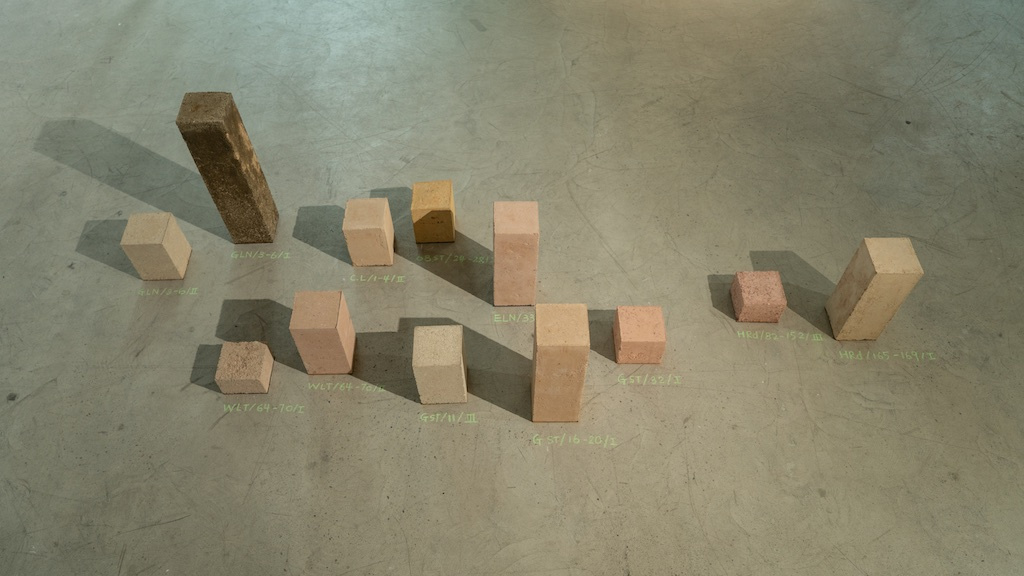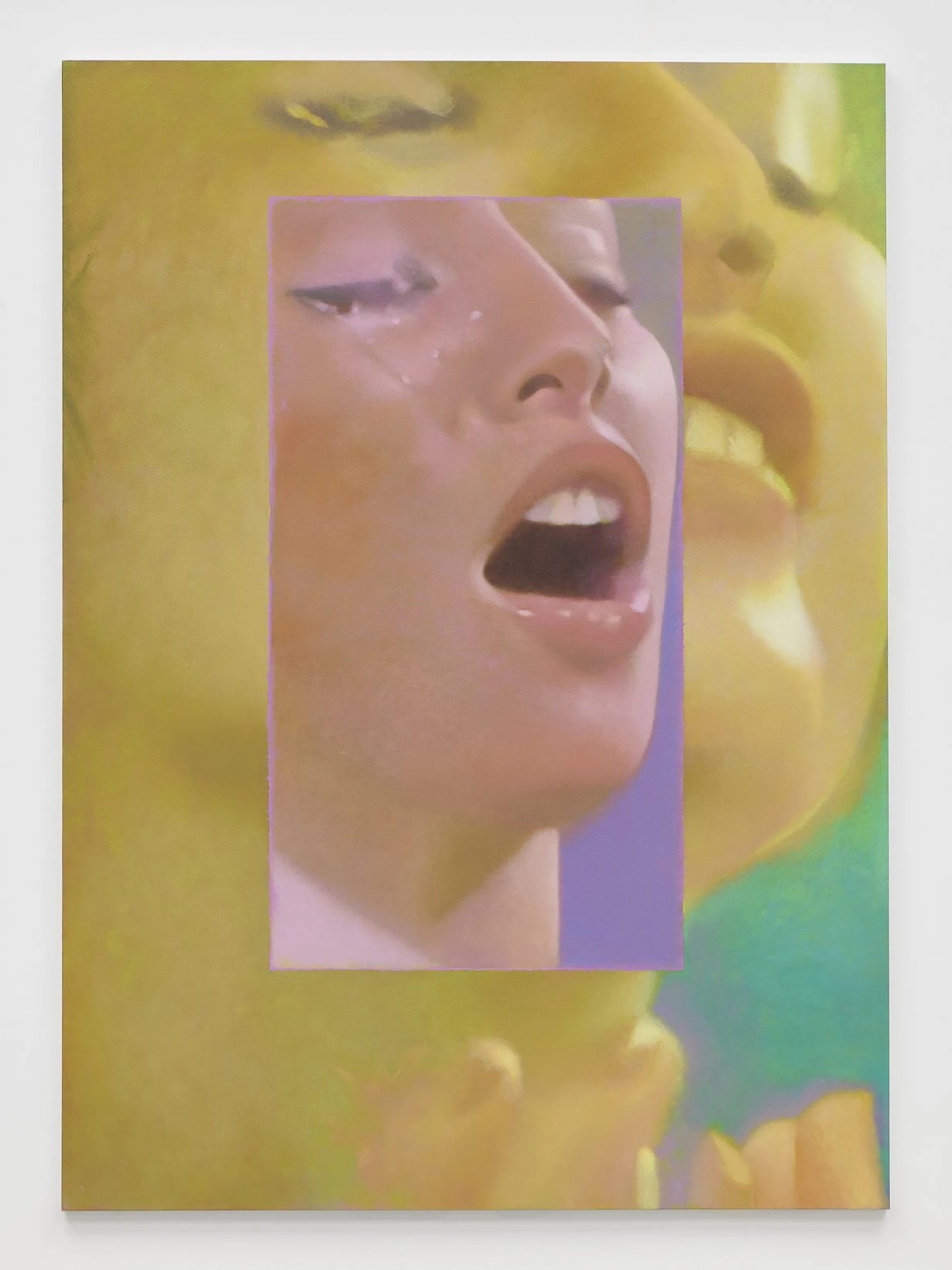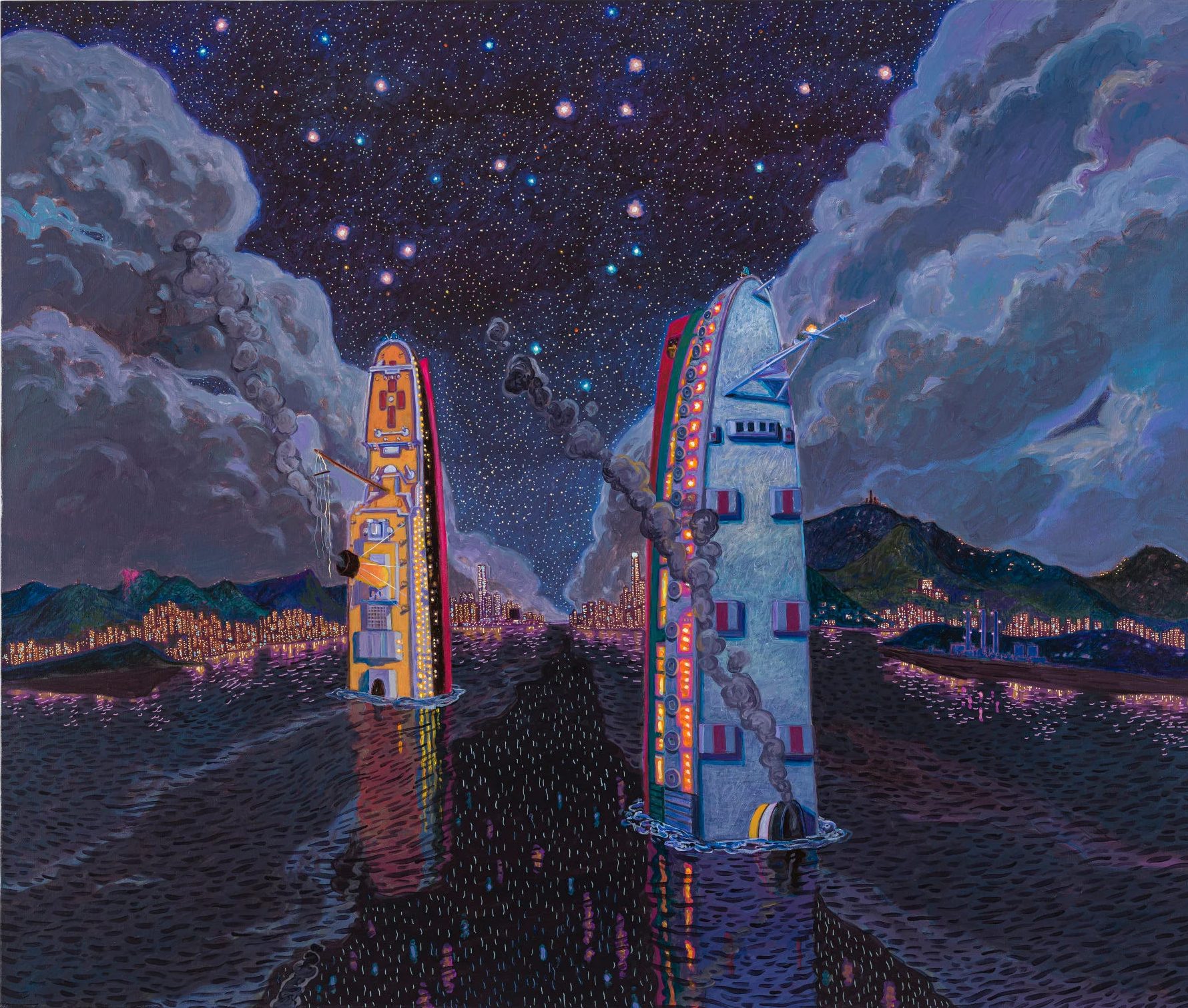Despite recent changes to the National Security Law and a troubling political climate, the city’s artworld continues to grow in new directions
As Art Basel once again rolls into town – with its parties, big collectors and various things made to float in the harbour to give extra pizzaz to the proceedings (this year, it is giant eggs that change colour) – every gallery puts up their best shows. To some extent, this is a special year: on one hand, it feels like a return to pre-pandemic ‘normal’, with visitor numbers back to what they used to be before COVID-19, and the return of Art Central, the cornerstone event showcasing upcoming talent and innovative galleries, just by the harbour. But Hong Kong is also in the first few weeks under its second National Security Law which further expands the definition of treason, state secrets and other security linked offences. The full implications of this new law remains to be seen, but coming as it does less than four years after the first National Security Law – that one was written in Beijing, this latest was written in Hong Kong – it makes the hitherto raucously political city more cautious. Most artists and gallerists, it must be said, seem just a bit confused, trying to figure out what the new limitations are and how much they are going to affect individual practices.
However, there is no paralysis to be observed: galleries and art spaces keep on opening, and the range of what is put on show is expanding. More artists are trying to explore what is possible, and they are not reacting only to the political changes. During the pandemic, the Hong Kong government pursued a ‘Zero Covid’ policy that made travel complicated and costly, with compulsory long quarantines in hotels. Stuck in the city, Hongkongers looked more closely at Hong Kong itself. “The less political, more intimate sphere that we see in Hong Kong’s arts at the moment comes partially from the COVID days,” says Eunice Tsang, curator and founder of the new art space Current Plans. “Personal stories and micro-histories are being investigated more fully, or even artefacts as metaphors. I still feel quite optimistic, there is so much we are still able to do: as institutions are playing safer, there is a rush from more grassroots levels to balance that, complementing the current ecology with really interesting works.”

The artist Carol Lee Mei Kuen, for example, focuses on private histories, heirlooms and family objects. In her long-term project ‘Stories of Victoria’, she works with samples of clay taken from different areas of the city, turning her gaze even more inwards to the foundations of Hong Kong itself. Artist Stephen Wong Chun Hei has taken his fascination for the local landscape to more surreal levels. On show at Gallery Exit until 20 April, Wong’s The Star Ferry Tale recasts in acrylic paintings the iconic Star Ferry that crosses the harbour as a small spaceship. As it voyages through the cosmos, we look down at Hong Kong below, glimmering in flecks of light acrylic. It’s a dreamy re-elaboration of his hours spent looking at Hong Kong from Google Earth during the years of COVID confinement, as many Hongkongers were leaving the city behind.

But regardless of how many times we are told that Hong Kong has become ‘just another Chinese city’, some exhibitions make it clear that more is still possible here than across the border, if there is a will to enact it. Take Xiyadie’s Butterfly Dream, at Blindspot Gallery until 11 May, in which the Shaanxi province-born artist uses the daintiest, most traditional craft of paper cutting in order to present a hidden journey of queer discovery, a topic that cannot be expressed in numerous venues in the mainland. His work is colourful and delicate, as the ancient art of paper cutting is subverted to narrate a journey of sexual awakening and self-discovery. A series of explicit and dreamy images are surrounded by traditional details – small birds and everyday objects, little animals and flowers, a bucolic setting for a seismic emotional awakening.
While institutions may indeed be under the spotlight, and careful to bring in shows that will not raise political eyebrows, they are finding new angles to view local history. The first local retrospective of Wifredo Lam, at Asia Society until 2 June, connects the Cuban artist with the Cantonese diaspora of more than a century ago. This modernist painter (1902-1982) weaves together cultural influences from his Afro-Cuban, Cantonese and Afro-European ancestry. Long-running outposts of blue-chip galleries continue to draw a wide roster of international artists to the city, and in doing so reinforce that the ongoing political confusion is not accompanied by a feeling of cultural isolation. Louise Giovanelli’s supple and erotic oil paintings at White Cube and Wolfgang Tillmans’s recent and more spectral photography at David Zwirner, for example, maintain this internationalism that has been part of Hong Kong’s outward-looking identity on the water for centuries.

Smaller spaces, though, best evidence the growing determination not only to test the boundaries that have been politically enforced on people’s imagination, but also to develop new ideas and new possibilities. “I don’t smell fear,” says Michelle Wong, art researcher and co-organiser of the art space New Part. “People are busy doing their own thing. We do what we do not as a way of accepting reality, but actually as a refusal to accept reality.” Another curator, who preferred to remain anonymous, points to “spaces like Eaton [a small, adventurous gallery that showcases mostly young innovative artists] and many small art endeavours by young, curious people who continue to work despite all the difficulties of the last few years – they are building something”. Ignoring these efforts would mean disregarding an important and growing creative force that goes against the grain. Even with the most recent additions to Hong Kong laws, and the tens of thousands of people who have decided to leave their city, the eulogies and lamentations overlook all those who are determined to stay, and to stay true to themselves.
Ilaria Maria Sala is a writer and journalist based in Hong Kong
